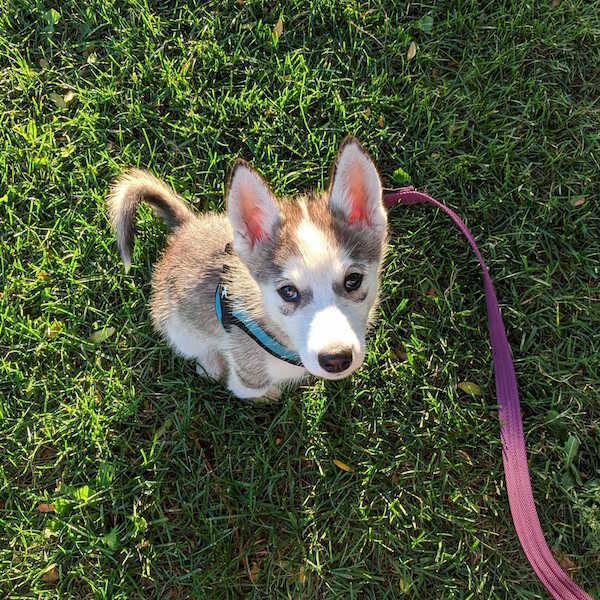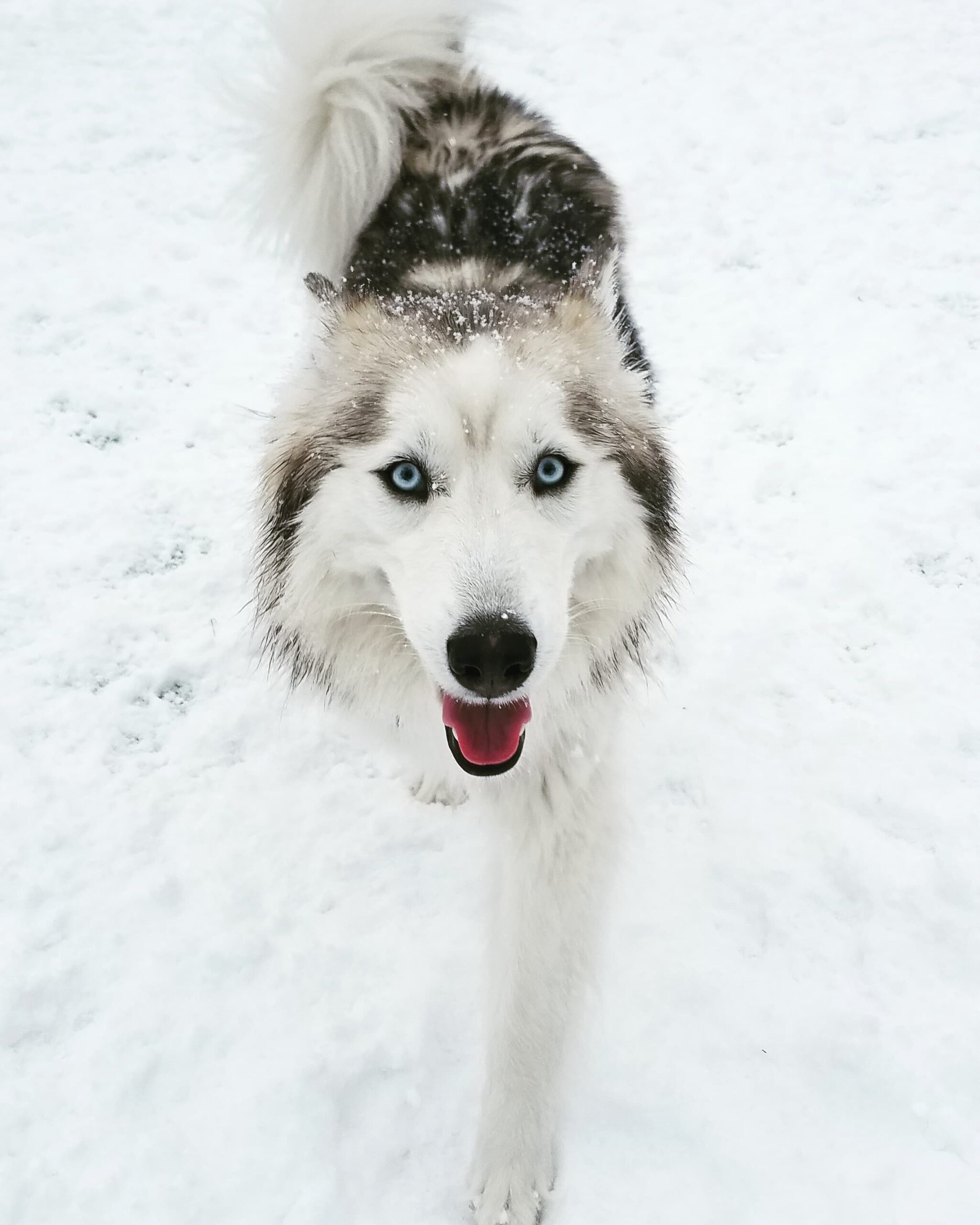Your Guide to Taking Care of Pets
Caring Pets is dedicated to providing animal lovers everywhere with the proper resources and education that’s needed to ensure they know how to take care of pets.
It’s now pretty common to hear pet owners call their dog, cat, or small furball a member of the family. It’s hard to question that when you consider that many of those pets likewise love their humans unconditionally. These meaningful relationships translate into pet owners wanting to provide the best quality of life for their dependents. This is where Caring Pets comes in as a resource to help well-intentioned animal caretakers to provide the quality care needed.

Pets are a responsibility you should take seriously and not one to just give up on If things become a little difficult. But, for any reason you find that you simply can no longer provide the right home and care for pets, you should not keep them. There is no shame in admitting this.

Looking to Give Back?

There are a lot of animal-related charities and non-profits that you can get involved in or help fund. Whether you want to help place service dogs with veterans or help protect the environment of an endangered species, our share to love resource lists them all.
Pet Care Advice
Pet Care Essentials: From Common Companions To Exotic Friends
Embracing a pet into your life is a rewarding experience, brimming with moments of joy, companionship, and mutual respect. Whether it’s the soft purring of a cat, the energetic tail wag of a dog, or the gentle rustling of a chinchilla exploring its habitat, each pet introduces a unique kind of magic to everyone’s lives. ... Read more
Pet Care: How Advanced Veterinary Education Is Changing the Game?
Do you remember the last time you took your four-legged friend to the vet? How reassuring it was to know that your pet was in the hands of a qualified professional. This peace of mind is the result of advanced veterinary education. So, let’s take a closer look at this concept and its impact on ... Read more
Pet Care While You Are on Vacation? Top Tips for Finding Reasonably Priced Services
Are you planning a vacation but worried about what to do with your pets? Going on vacation and leaving your pet behind can be a difficult decision. You want to ensure they are well taken care of, but you also don’t want to spend a fortune on pet care services. Luckily, there are ways to ... Read more
Buy Pet Care Products Online with Promo Code
There are many benefits to buying pet care products online. Many retailers offer free shipping and personalized product recommendations, as well as monthly emails for pet supplies. Some retailers also sell items from third-party vendors, so return policies and other concerns are different. Amazon has its own return policy, but third-party sellers can still be ... Read more
